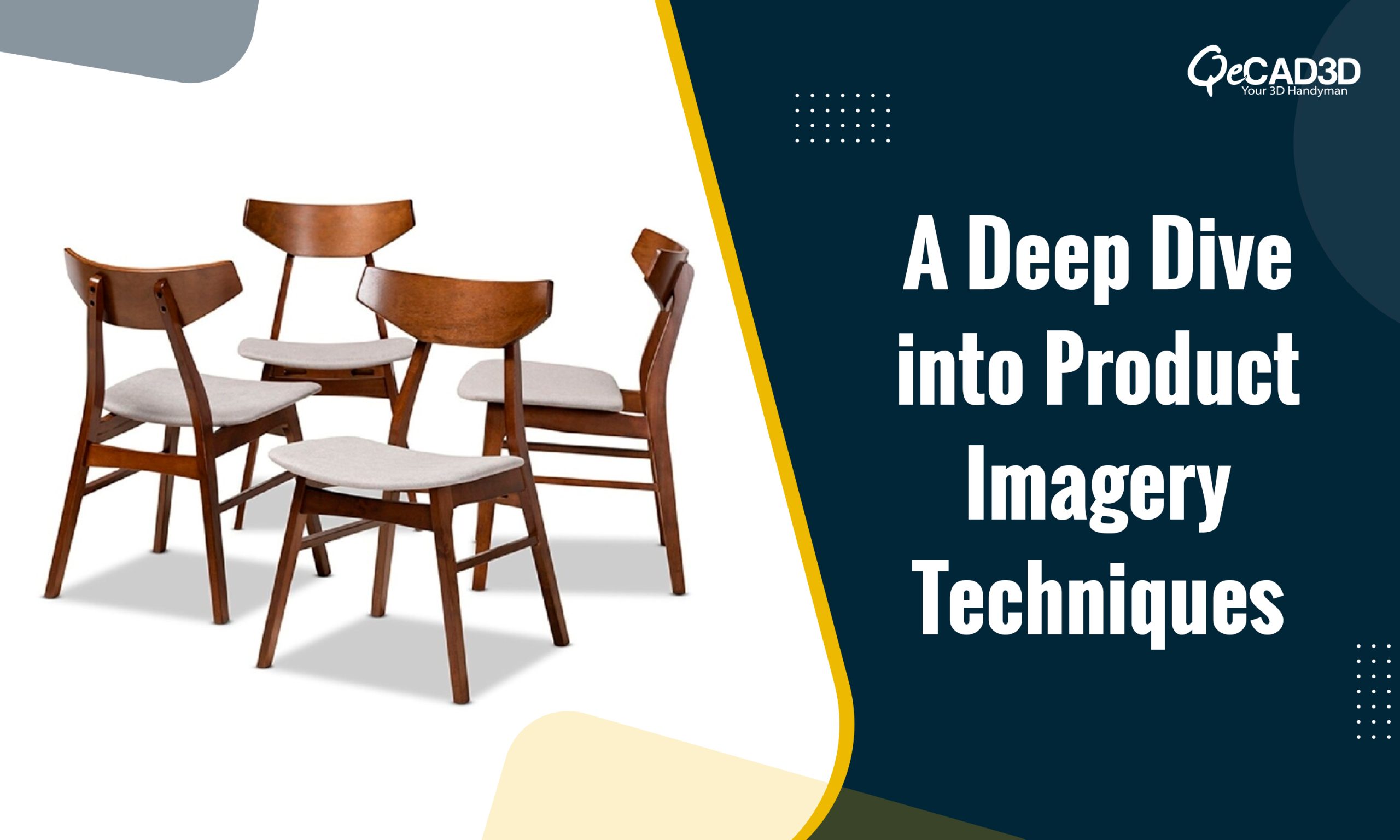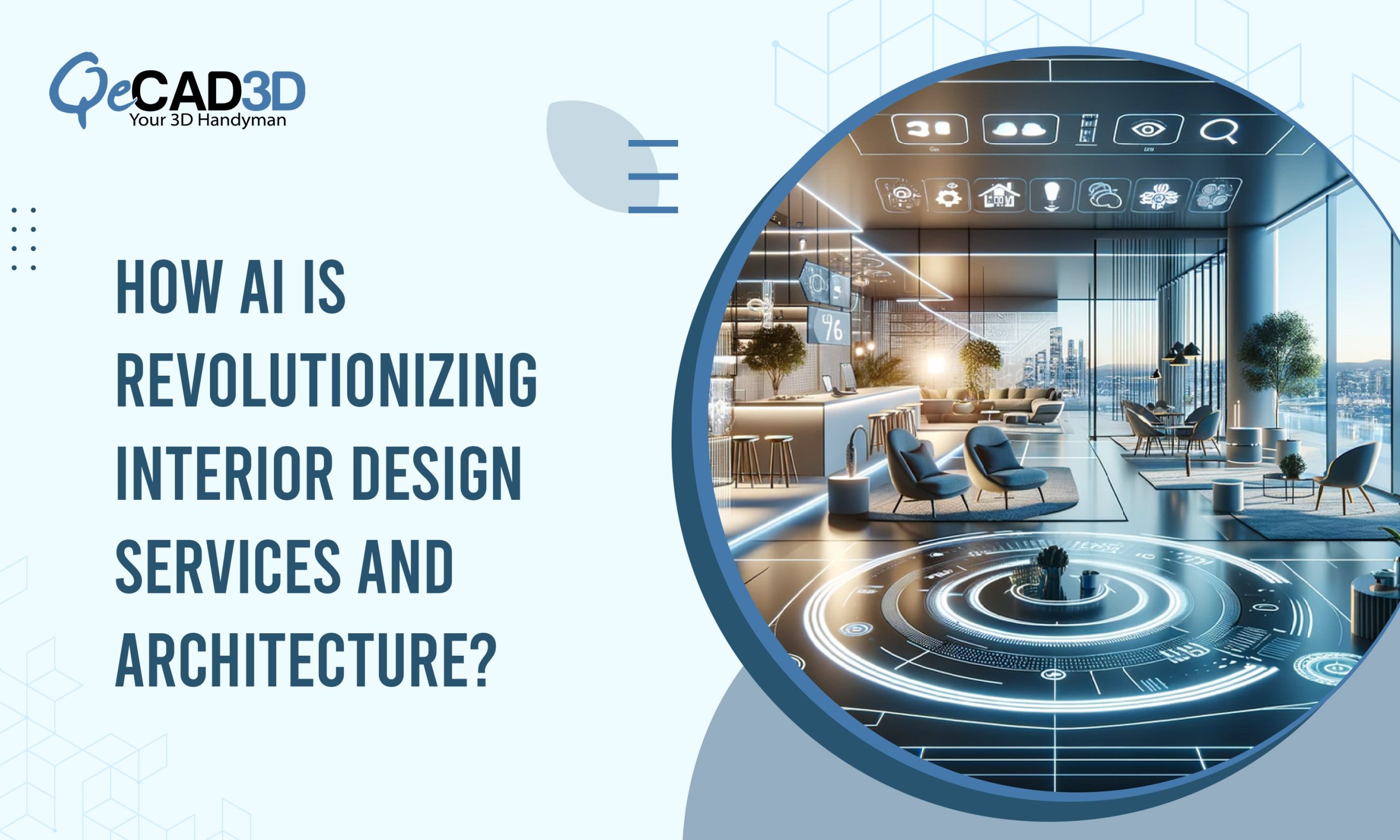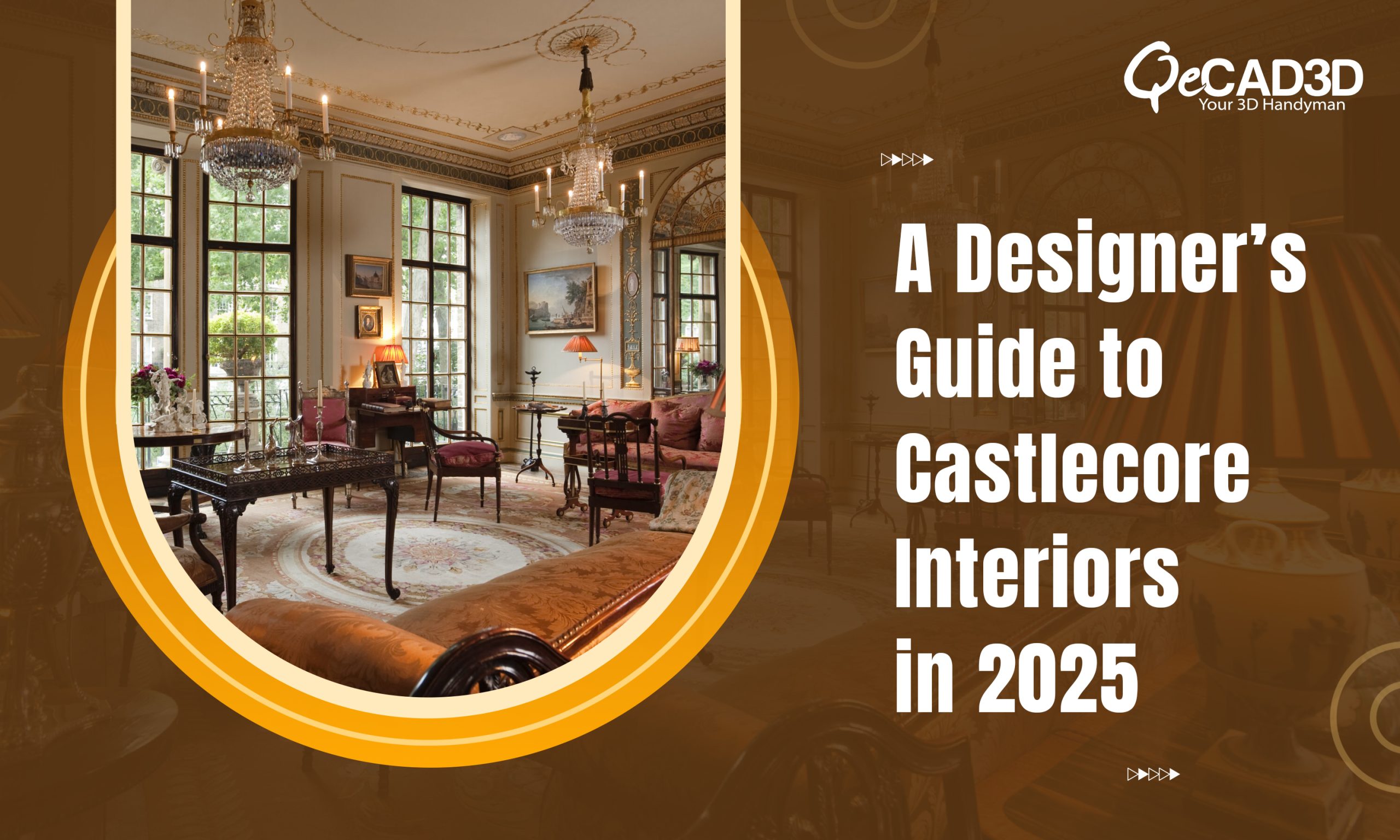A Deep Dive into Product Imagery Techniques
In the bustling world of e-commerce as well as retail, product images are the unsung heroes that can make or break a sale. From captivating a potential customer’s attention to providing crucial information about the product, the role of imagery cannot be overstated. Among the plethora of product image types, each angle and view serve a distinct purpose, catering to different aspects of consumer decision-making.
Let’s explore the diverse range of product images, from the classic front view to the immersive 360-degree experience.
1) Corner View (3/4 Angle): The corner view, also known as the 3/4 angle, offers a dynamic perspective that showcases the product’s dimensions and depth. It provides a sense of realism and allows customers to visualize the product from a slightly elevated angle, adding interest and dimension to the image.
2) Front View: The front view is the quintessential representation of a product, offering a straightforward depiction of its appearance and features. It serves as the primary image in many product listings, providing customers with a clear and unobstructed view of the item.
3) Side View: Side view images offer a profile perspective of the product, highlighting its width and profile. This angle is particularly useful for showcasing the slimness or thickness of the product and providing additional context for its size and proportions.
4) Back View: While often overlooked, back view images are essential for providing a thorough comprehension of the design and functionalities of the product. They reveal any rear-facing details or functionalities that may be crucial to the customer’s purchasing decision.
5) Component View: Component view images break down the product into its individual parts or components, offering a detailed look at its inner workings or construction. This type of imagery is common in technical or DIY products, where customers may want to inspect the internal components before making a purchase.
6) Close-Up: Close-up images zoom in on specific areas or details of the product, allowing customers to examine its texture, material, or craftsmanship up close. Close-up shots are ideal for highlighting intricate design elements or showcasing the quality of materials used.
7) Top View: Top view images provide a bird’s-eye perspective of the product, offering a comprehensive overview of its shape and layout. This angle is particularly useful for products with distinctive patterns or designs on the top surface, such as tabletops or rugs.
8) Sizing & Proportion: Sizing and proportion images include visual cues, such as rulers or measurement guides, to help customers accurately gauge the dimensions of the product. This type of imagery is crucial for ensuring that customers have realistic expectations about the size of the product before making a purchase.
9) Group Set: Product group set images showcase multiple items or variants together, allowing customers to compare different options side by side. This type of imagery is common in fashion, home goods, and electronics categories, where customers may be choosing between various colors, sizes, or configurations.
10) Feature Callout: Feature callout images highlight specific features or functionalities of the product through annotations or overlays. They draw attention to key selling points and help customers understand the unique benefits of the product at a glance.
11) Hero Shot: The hero shot is the star of the product listing, capturing the product in its best light and setting the tone for the overall brand experience. It often features the product in a visually compelling setting or lifestyle scenario, showcasing its aspirational qualities and evoking desire in the customer.
12) 360 View: 360-degree view images, a type of Product Rendering Services, offer an interactive experience that allows customers to rotate the product and view it from every angle. This immersive format enhances engagement and provides customers with A thorough grasp of the product’s appearances and functionalities.
13) Multi-Row 3D View: Multi-row 3D view images take the interactive experience to the next level by offering multiple rows of 360-degree rotation, allowing customers to zoom in on specific details and explore the product in even greater depth.
14) White Background Images: These are perhaps the most common and fundamental type of product images. Shot against a plain white backdrop, these images focus solely on the product, eliminating distractions and allowing customers to see the item clearly. White background images are essential for showcasing product details, like colours, features and so on accurately. They create a sense of professionalism and are widely used in product listings across various industries.
15) Lifestyle Images: Unlike white background images, lifestyle images place the product in real-life scenarios or settings. They aim to evoke emotions and aspirations by showing how the product can be used in context.
Conclusion:
Mastering the art of product imagery involves leveraging a variety of angles and views to showcase the product in its best light and provide customers with the information they need to make informed purchasing decisions. By understanding the unique benefits of each type of image and strategically incorporating them into your product listings, you can create a compelling visual experience that resonates with customers and drives sales. Remember, in the world of e-commerce and retail, the right image and the right product experience can speak volumes and this can be done with opting for apt Product Animation Services that enhances your product portfolio and takes it to a different level.






